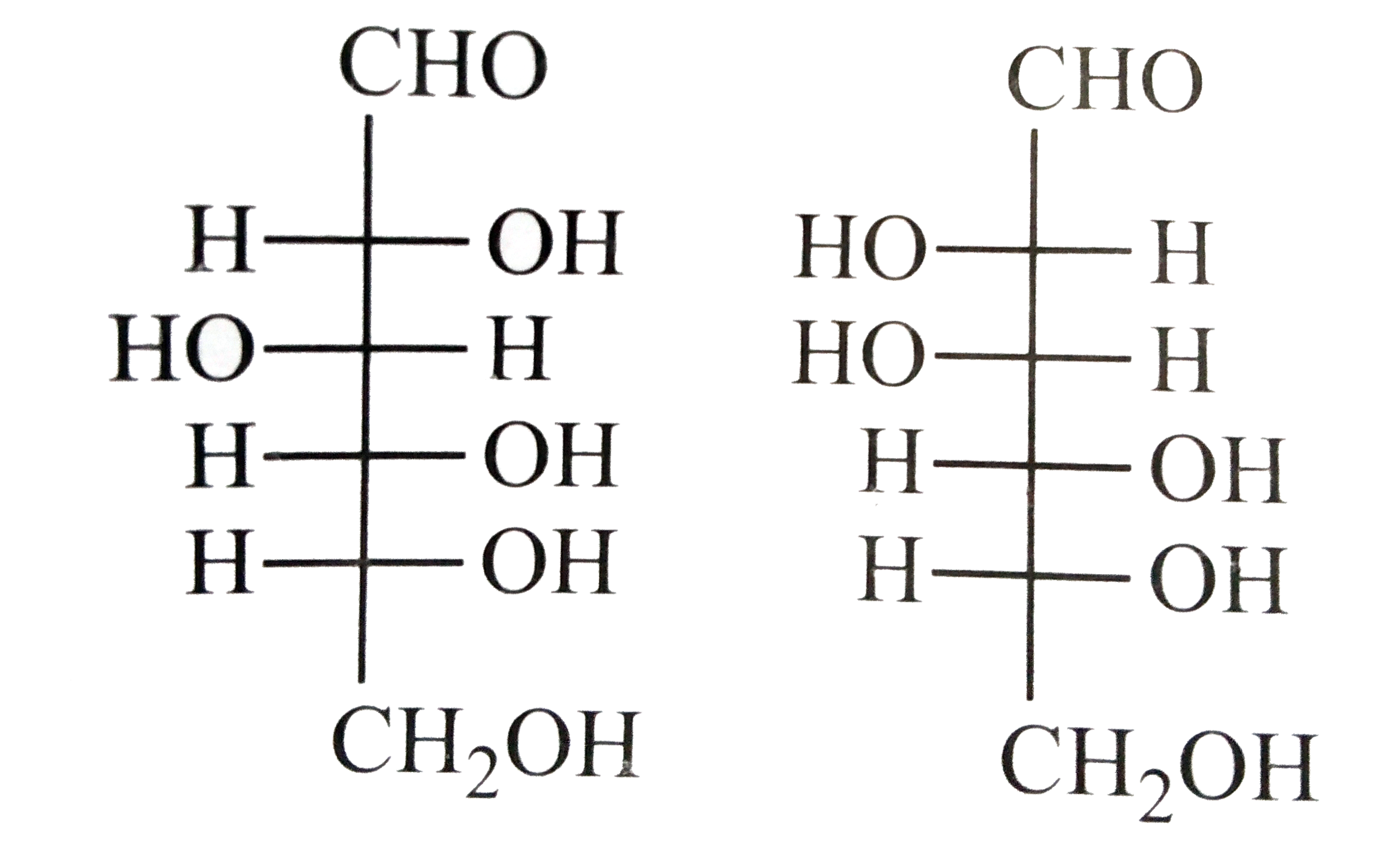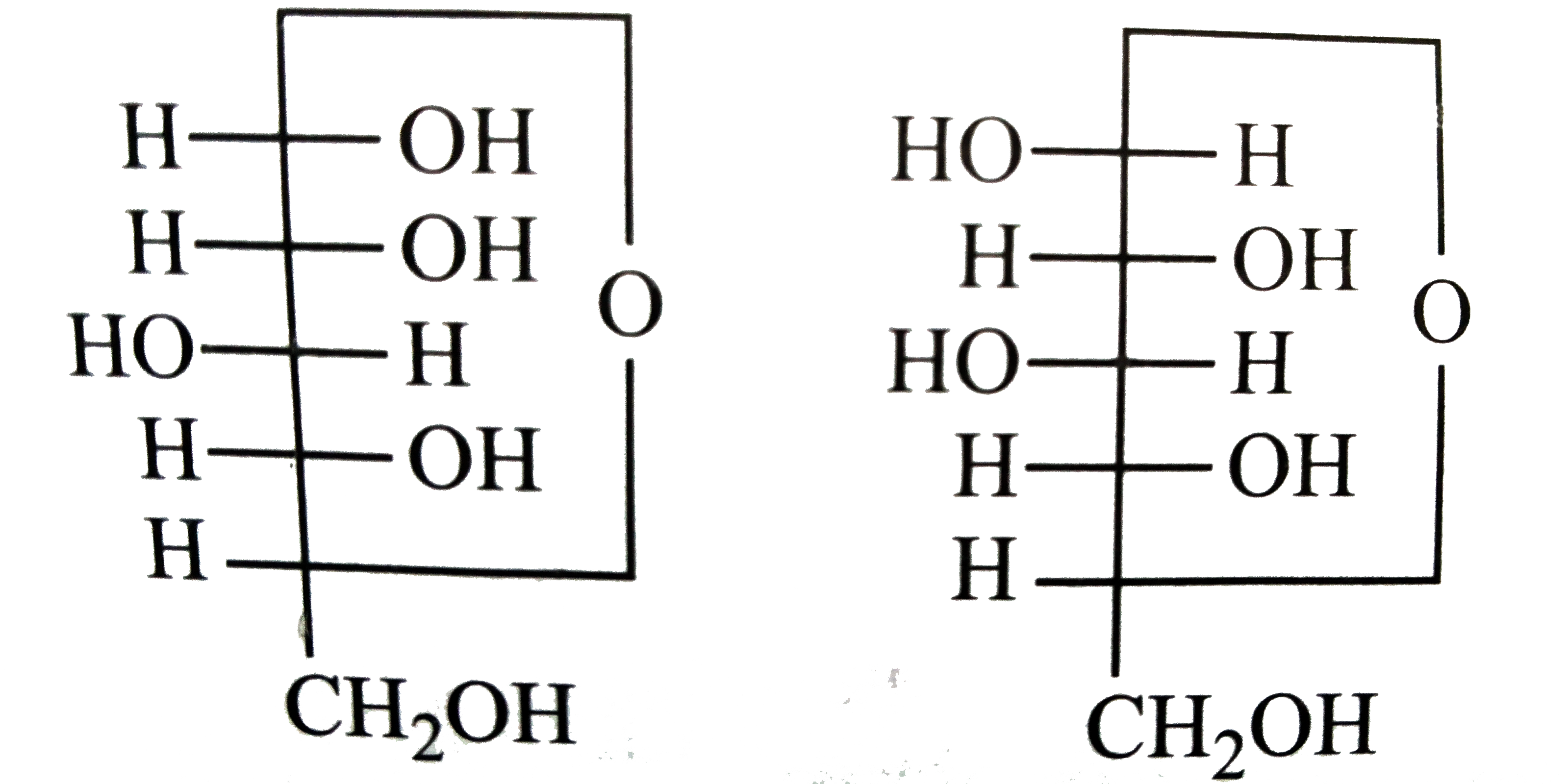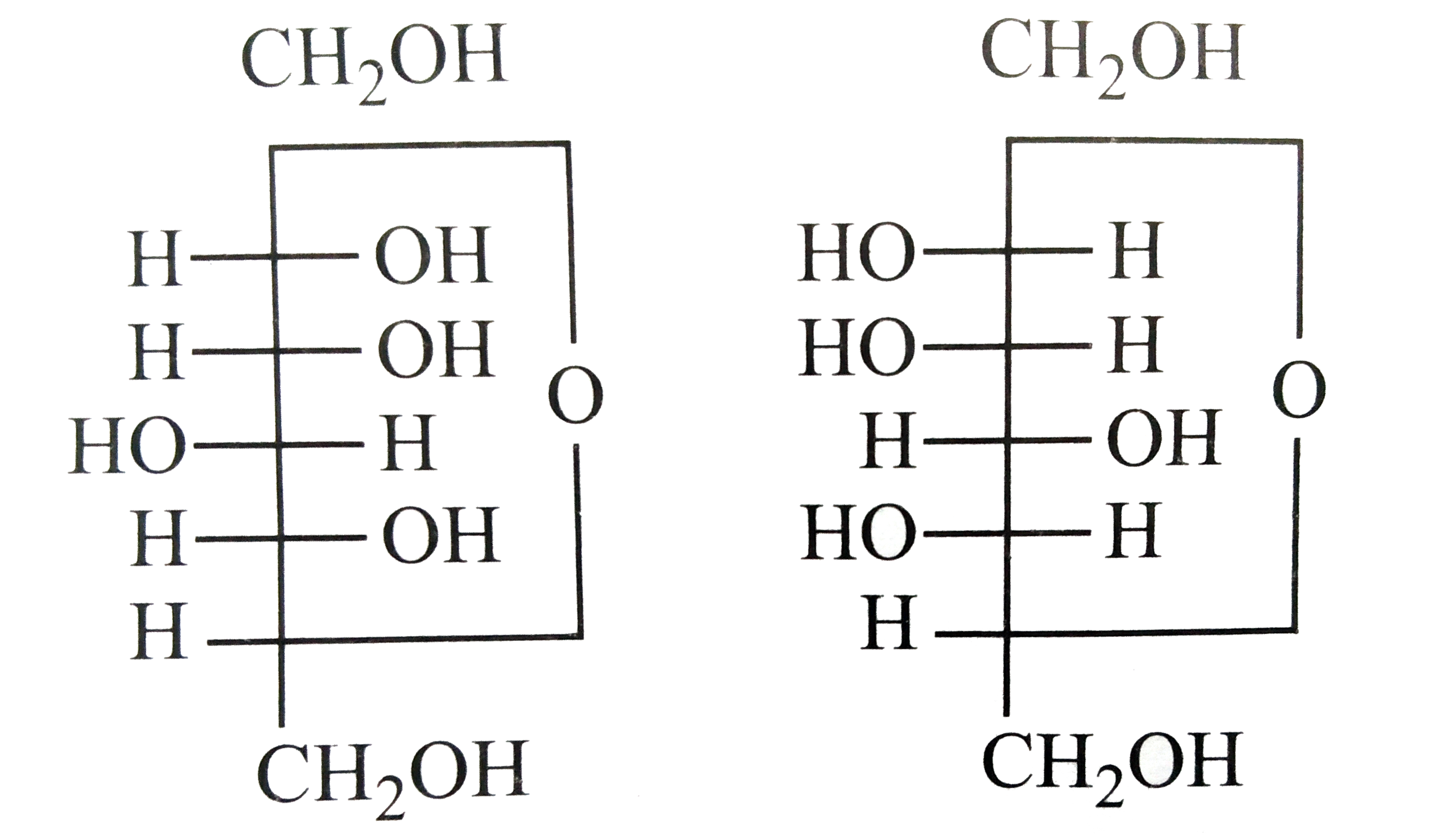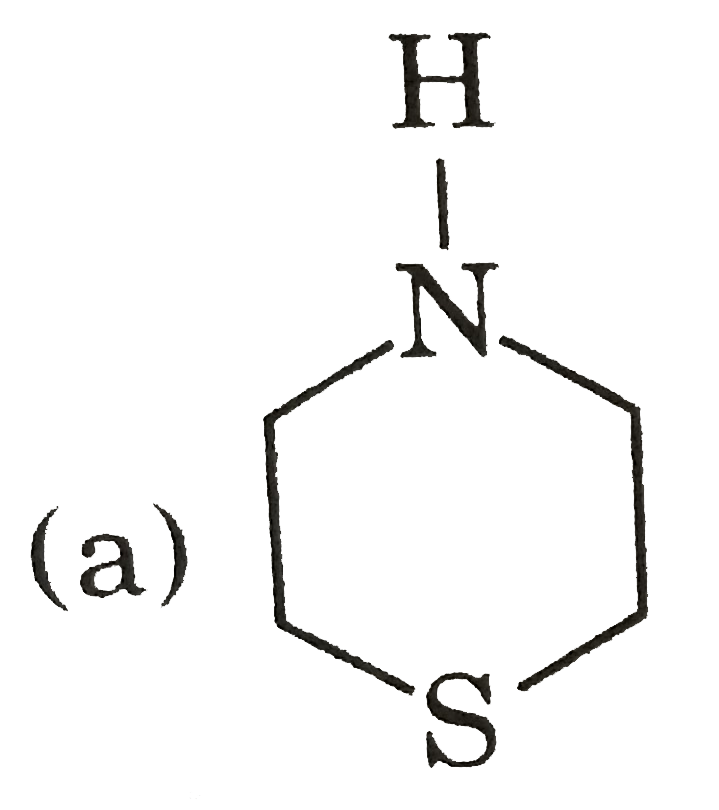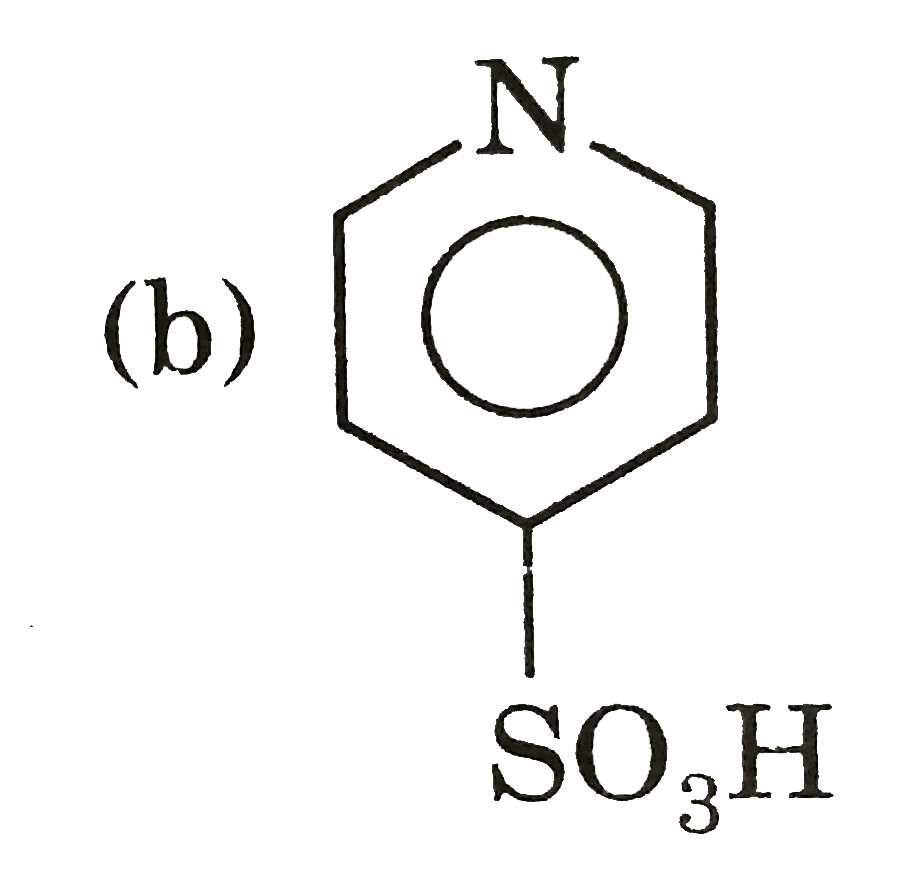Explore topic-wise InterviewSolutions in .
This section includes InterviewSolutions, each offering curated multiple-choice questions to sharpen your knowledge and support exam preparation. Choose a topic below to get started.
| 14651. |
Which of the following is not biodegradable polymer ? |
|
Answer» POLYHYDROXY butyrate -co-`BETA` -hydroxy valerate |
|
| 14652. |
Which pair is different from other |
|
Answer» `Li-Mg` |
|
| 14653. |
Which enzyme catalyses the hydrolysis of sucrose to fructose and glucose? |
| Answer» Answer :C | |
| 14654. |
The relative lowering of vapour pressure of a solution on the addition of non-volatile solute |
|
Answer» Is EQUAL to mole fraction of the SOLUTE |
|
| 14655. |
Which of the following pairs are bacteriostatic antibiotics ? |
|
Answer» ERYTHROMYCIN, CHLORAMPHENICOL |
|
| 14656. |
Which one of the following reactions would produce secondary alcohol |
|
Answer» `C_(6)H_(5)overset(O)overset(||)C"C"H_(3)`underset(2.H^(+))overset(1.CH_(3)MgBr)to` |
|
| 14657. |
Which of the following pairs of cations can be separated by adding NH_(4)Cl and NH_(4)OH to the mixture? |
|
Answer» `Fe^(3+), AL^(3+)` |
|
| 14658. |
Which of the following is/are not true |
|
Answer» <P>The most radioactive ELEMENT present in PITCHBLENDE is uranium (c) Is not true because `CO_(2)` in the air contains `C - 12` as well as `C - 14` (d) Is not true because emission of `gamma-` rays, neither changes mass number nor atomic number |
|
| 14659. |
Which hormone tends to increase the glucose level in blood ? |
| Answer» SOLUTION :GLUCAGON tends to increase the GLUCOSE level in blood. | |
| 14660. |
When ethyl alcohol is heated with red phosphorus and HI, then which of the following is formed |
|
Answer» `C_2H_6` |
|
| 14661. |
Write the structures of the following organic halogen compounds.p-Bromochlorobenzene |
Answer» SOLUTION :
|
|
| 14662. |
Which of the following pairs represents anomers ? |
|
Answer»
|
|
| 14663. |
Who needs more vitamins, either elders or youngsters ? |
| Answer» SOLUTION :The NEED of vitamins for youngsters, growingchildren and PREGNANT women is HIGHER. It is due to their muscle GROWTH. | |
| 14664. |
Write two uses of potassium chlorate. |
|
Answer» SOLUTION :USED as OXIDISING AGENT Used as MEDICINE |
|
| 14666. |
Which of the following is not a broad spectrum antibiotic |
|
Answer» Chloromycetin |
|
| 14667. |
What is the minimum volume of water required to dissolve 1g of calcium sulphate at 298 K, For calcium sulphate, K_(sp)=9.1 times 10^-6. |
|
Answer» Solution :`CaSO_4(s) leftrightarrowCa^2(aq)+SO_4^(2-)(aq)` It’s the solubility of `CaSO_4` in moles `L^-1` then `K_(sp)=[Ca^(2-)] times [SO_4^(2-)]=s^2` `s=sqrt(K_(sp))=sqrt(9.1 times 10^-6)=3.02 times 10^-3 mol L^-1` `=3.02 times 10^-3 times 136 G L^-1=0.411 gL^-1` (Molar mass of `CaSO_4=136g mol^-1`) Thus, for dissolving 0.441 g, WATER required =1 L `therefore` For dissolving 1g, water required =`1/0.411 L=2.43L` |
|
| 14668. |
Write the Nernst equation for the cell reaction in the Daniel cell. How will the E_("cell")be affected when concentration Zn^(2+) ions is increased ? |
|
Answer» Solution :The following reaction takes PLACE `Zn + Cu^(2+) to Zn^(2+) + Cu` The Nernst EQUATION MAY be written as `E_("cell") = E_("cell")^(@) - 0.059/2 log ([Zn^(2+)])/([Cu^(2+)])` `E_("cell")` decreases when CONCENTRATION of `Zn^(2+)` ions increases. |
|
| 14669. |
What are polymers ? Give example. |
| Answer» SOLUTION :Polymer: A large molecular weight complex compound which is formed by the REPEATED combination of simple units (monomers) is called polymer .E.g. : NYLON 6,6,Buna -s,.rubber etc….. | |
| 14670. |
Which forms acid salt with base: |
|
Answer» HCl |
|
| 14671. |
When hybridisation involving d-orbitals are considered then all the five d-orbitals are not degenerate, rather d_(x^(2)-y^(2)),d_(s^(2)) and d_(xy),d_(zx) form two different sets of orbitals and orbitals of appropriate set is involved in the hybridisation. In sp^(3)d^(3) hybridisation, which orbitals are involved ? |
|
Answer» `d_(X^(2)-y^(2)),d_(z^(2)),d_(xy)` |
|
| 14672. |
When hybridisation involving d-orbitals are considered then all the five d-orbitals are not degenerate, rather d_(x^(2)-y^(2)),d_(s^(2)) and d_(xy),d_(zx) form two different sets of orbitals and orbitals of appropriate set is involved in the hybridisation. In sp^(3)d^(2) hybridisation, which sets of d-orbitals is involved ? |
|
Answer» `d_(x^(2)-y^(2)),d_(s^(2))` |
|
| 14673. |
What kind of reaction that chlorine undergoes with aqueous alkali solution ? |
|
Answer» SOLUTION :Chlorinereacts with aqueous caustic soda in different conditions . `Cl_(2)+2NaOHoverset("cold")toNaCl+NaOCl+H_(2)O` `3Cl_(2)+6NaOHoverset("hot")to5NaCl+NaClO_(3)+3H_(2)O` Chlorine undergoes disproportionation with alkali . Chlorine is reduced to CHLORIDE and simultaneously oxidised to hypochlorite or chlorate . |
|
| 14674. |
The substance used to impart green colour to glass is : |
|
Answer» `Cu_2O` |
|
| 14675. |
While studying the decomposition of N_(2)O_(5)(g), it is observed that a plot of logarithm of its partial pressure versus time is linear. What kinetic parameter can be obtained from this ? |
|
Answer» Solution :Considering as `1^(st)` ORDER reaction `k=(2.303)/(t)log_(10).(a)/((a-x))` `implieskt=2.303log_(10)a-2.303log_(10)(a-x)`…………`(1)` In terms of PRESSURE `a prop P_(0)` `(a-x) prop P` `K_(f)=2.303log_(10)P_(0)-2.303log_(10)P` or `log_(10)P=-(K)/(2.303)t+log_(10)P_(0)` Thus log `P` vs. time graph is linear with intercept EQUAL to `P_(0)` and SLOPE equal to `-(K)/(2.303)`. Since linear results are given DECOMPOSITION may be said `1^(st)` order. |
|
| 14676. |
Write the balanced Chemical equation with condition involved in manufacture of nitric acid by ostwald's process. |
|
Answer» SOLUTION :Step - 1 : `4NH_(3)+SO_(2) overset("Pt[Rh guaze catgut")underset("500K, 9 BAR")rarr 4NO_((g))+6H_(2)O_((g))` Ste - 2 : `2NO_((g))+O_(2(g))rarr 2NO_(2(g))` Step - 3 : `3NO_(2)+H_(2)O_((l))rarr 2HNO_(3(aq))+NO_((g))` |
|
| 14677. |
Which type of ionic substances show Schottky defect in solids ? |
| Answer» SOLUTION :Schottky defects are more COMMON in ionic compounds with HIGH co-ordination number and where the SIZES of positive and negative ions are almost equal. e.g., NACL | |
| 14678. |
The thermodynamic property that measures the extent of molecular disorder is called entropy. The direction of a spontaneous process for which the energy is constant is always the one that increases the molecular disorder. Entropy change of phase transformation can be calculated using Trouton's formula (DeltaS= (DeltaH)/(T)). In the reversible adiabatic process, however, DeltaS will be zero. The rise in temperature in isobaric and isochoric conditions is found to increase the randomness or entropy of the system. DeltaS= 2.303 C log (T_(1)//T_(2)), (C = C_(P) or C_(V)) The entropy change in an adiabatic process is |
|
Answer» zero |
|
| 14679. |
What is Saponification? Give the equation to form sodium stearate by this method. |
Answer» Solution :When oils or FATS are heated with SODIUM HYDROXIDE maps are formed. This reaction is known as saponification. 
|
|
| 14680. |
Which of the following compound(s) will give glyoxal as one of the products on reductive ozonolysis? |
|
Answer»
|
|
| 14681. |
What is the structure difference between HDP and LDP ? How does the structure account for different behaviour and nature , hence the use of a polymer ? |
| Answer» Solution :LDP has a branched structure and hence does not PACK well. As a result , it has LOW density. It is a transparent polymer of moderate tensile strength and HIGH toughness. It is flexible and is a poor conductor of electricity. It is widely used as a packaging material (in the form of thin PLASTIC films, bags etc.) , as insulation for electrical wires and cables , in the manufacturing of squeeze bottles , toys and flexible pipes. HDP , on the other hand , has linear structure and hence packs well. As a result, it has higher density and higher m.p. than LDP, It is a translucent polymer. It has greater toughness, hardness and tensile strength than LDP. It is used in the manufacture of containers (buckets , MUGS ,tubs etc.) housewares , pipes , bottles and toys. | |
| 14682. |
The weight of solute present in 200 ml of 0.1 M H_(2)SO_(4) |
|
Answer» 3.92 g |
|
| 14683. |
Which statement is not correct: |
|
Answer» `Fe(CO)_5` REACTS with `Br_2Cl_4` |
|
| 14684. |
Which of the following is a man-made source of air pollution ? |
|
Answer» AUTOMOBILE exhaust |
|
| 14685. |
Which of the given statement(s) about N,O,P and Q with respect to M is (are) correct? |
|
Answer» <P>M and N are non-mirror image stereoisomers  . . (a). Since M and N have `-OH` groups on the since SIDE and opposite side respectively, they cannot be mirror images. These are DIASTEREOMERS. (b). M and O are identical. (C). M and P are Enantiomers. (d). M and Q are non-identical. these are diastereoisomers. |
|
| 14686. |
Which of the following cannot act as an electron pair donor ? |
| Answer» Answer :A | |
| 14687. |
Which of the followingcompounds will give blue colour when it is converted into Lassaige's extrect and FeCl_(3)? |
|
Answer»
(c ) evolves `HNO_(2)`on heating. |
|
| 14688. |
Tischenko reaction yields ester in the presence of catalyst which is |
|
Answer» `LiAlH_(4)` |
|
| 14689. |
Which catalyst is used in preparation of Bakelite ? |
|
Answer» ZIEGLER NATTA |
|
| 14690. |
Which of the following does not react with Hinsberg's reagent? |
|
Answer» `C_(2)H_(5)NH_(2)` |
|
| 14691. |
What are homochain polymers? |
| Answer» SOLUTION :Polymers which consist of same SPECIES of ATOMS, e.g., CARBONS in a polythene chain are called homochain polymers. | |
| 14692. |
Total number of space (stereo) isomers of complex ion [Cr(gly)(en)_(2)]^(2+) are. . . . . . . . |
|
Answer» |
|
| 14693. |
Which of the following reactions are kinetically favourable ? I. [Cu(H_(2)O)_(4)]^(2+)+4NH_(3)rarr[Cu(NH_(3))_(4)]^(2+)+4H_(2)O II. [Cu(H_(2)O)_(4)]^(2+)+4Cl^(-)rarr[CuCl_(4)]^(2-)+4H_(2)O III. [Co(H_(2)O)_(6)]^(3+)+6Cl^(-)rarr[CoCl_(6)]^(3-)+6H_(2)O |
|
Answer» I and II |
|
| 14694. |
Which of the following compounds is used at the staring material for the preparation of K_(2)Cr_(2)O_(7)? |
|
Answer» CHROME alum |
|
| 14695. |
When 1-pentyne (A) is treated with 4 N alcoholic KOH at 175^@c , it is convertedslowly into an equilibrium mixture of 1.3 T 1-pentyne (A) , 95.2% 2-pentyne (B) and 3.5 % of 1,2-pentadiene C . The equilibrium was maintained at 175^@C. Calculate DeltaG^@ for the followingequilibria . {:(BhArrA,DeltaG_1^@=?),(BhArrC,DeltaG_2^@=?):} From the calculated value of DeltaG_1^@ and DeltaG_2^@ indicate the order of stabilityof (A) , (B) and (C ) . write a reasonable reaction mechanism showing all intermediates leading to (A),(B) and (C ) . |
|
Answer» Solution :`{:("","PENTYNE",overset(KOH)HARR,2-"Pentyne"+1","2,-"Pentadiene"),("",(A),"",(B),(C )),("At eqm"% ,1.3,"",95.5,3.5):}` `K_c=([B][C])/([A])=(95.2xx3.5)/(1.3)=256.31` For eqm. `B hArr A` `K_1=([A])/([B])` From Eqs. (i) and (ii) ,`K_1=([C])/(K_c)` `=(3.5)/(256.31)=0.013` `DeltaG^2=-2.303 RTlog_(10)K` `=-2.303 xx 8.314xx448 log _(10)0.013` =161787 =16.178 kJ STABILITY order for A and B is `B gt A` Similarly `B hArr C` `K_2=([C])/([B])` `=(K_cxx[A])/([B]^2)` `=(256.31xx1.3)/(95.2xx95.2)` `therefore DeltaG_2^@=-2.303 RT log _(10)k` `=-2.303 xx 8.314 xx448 log _(10) 0.037` =12282 J =12.282 kJ Thus stability order for B and C is `B gt C` Total ordeer of stability is `B gt C gt A` |
|
| 14696. |
Which one of the following statements about lanthaniodesis false ? |
|
Answer» Lanthanides are sepearated from one another by ion exchange METHOD |
|
| 14697. |
What is the end product in the following sequence of operation : Acetamide overset(P_2O_5)rarrA overset(4H)rarrB |
|
Answer» `CH_3NH_2` |
|
| 14698. |
Which solution will have the highest boiling point ? |
|
Answer» `1%` GLUCOSE in water |
|
| 14699. |
Which one of the following process is non-spontaneous? |
|
Answer» DISSOLUTION of `CuSO_4` in water. |
|
| 14700. |
The two strands in DNA are not identical but are complementary explain. |
| Answer» Solution :In the heHcal structure of DNA, the two strands are HELD together by hydrogen bonds between specific PAIR of bases. Cytosine forms hydrogen BOND with GUANINE while adenine forms hydrogen bonds with thymine. As a RESULT the two strands are complementary to each other. | |
